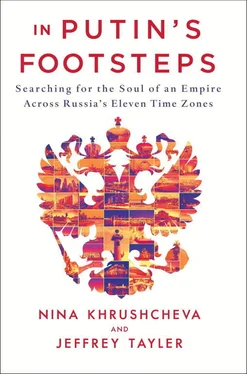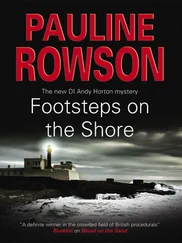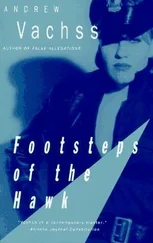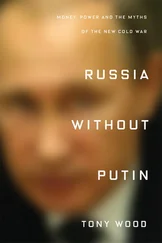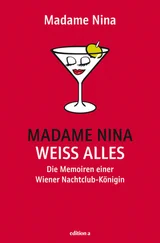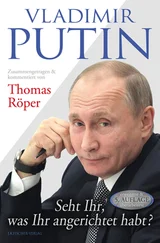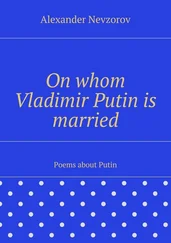The priest shrugged. “She’s a drill sergeant,” he said sarcastically. “So is everyone here.”
He had a point. A base, Soviet mind-set survives in much of Russia, even in a place as un-Soviet as a cathedral. We soon encountered further evidence of this. We sat down on a bench in front of the music hall to check the concert schedule, only to be ordered by an elegantly dressed attendant to get up and move—now!
“You can’t sit here!” she barked.
“Why not?”
“You just can’t !”
We could hear music—musicians rehearsing for their evening concert?—coming from behind the door to the concert hall. Perhaps, we thought, she didn’t want us to listen for free. Still, there were polite ways of asking us to leave. The underlying assumption of Soviet life, and much of Russian life, too, is that things are forbidden—unless you are advised otherwise.
The Lutheran priest, who turned out to be ethnically German, informed us that he’s “here because of my German roots.” His mien displayed the arrogance of a Westerner certain that his right to reside in Kaliningrad trumped that of the presumably “inferior” Russian usurpers surrounding him. He went on to tell us that he descended from Germans who, some 250 years ago, heeded the call of the Prussian-born empress Catherine the Great to her former countrymen to come to Russia and establish orderly, German-style farming amid disorderly Russian peasants, mostly along the Volga River. (His family ended up in Kaliningrad after the war, possibly uprooted by Stalin’s forced transfer of potentially “treasonous” populations.) Catherine the Great’s invitation marked the beginning of the country’s Russo-German history, and thereby set up a dichotomy within Russia itself—enlightened European Russia versus ignorant Russian Russia—the very Russia embodied, at least for this priest, by the “drill sergeant” janitor.
We ascended the stairs to the cathedral’s Kant museum, walking in past a table where a vendor sold Kant chocolate, Kant kitchen magnets, and Kant mugs, alongside Putin portraits, Putin mugs, and a variety of badges and paraphernalia bearing the eagle. Inside the museum proper, we examined Kant busts, Kant sculptures, and books by and about Kant in many languages. Soon we came upon a diorama of old Königsberg, with its miniature brick buildings and cobbled streets laid out in perfect order beneath churches with soaring spires—all in all, a placid, quaint depiction of a past era.
The blind arrogance of such a display here was cynical indeed; after all, it was the Russians who reduced the city to rubble in 1945 to stamp out traces of its German past.
And Stalin’s vision of rebuilding the city was a far more complicated affair than the display let on; it involved cultural nuances, propaganda, and ethnic cleansing.
It is important to remember that as the Russian peasantry rebuilt their new city, Stalin was effectively convincing Soviet citizens that the biggest enemy facing the Soviet Union often came from within the country—and particularly from ethnic minorities such as Germans, Chechens and Dagestanis in the Caucasus, and others elsewhere. Ultimately, both the Soviet Union and the newly relocated Russian peasants of Kaliningrad blamed ethnic Germans for the war. By that time, many people, and not just the Soviets in fact, had come to believe that Germans were inherently fascist. So the Germans had to be blamed for difficulties suffered in Kaliningrad’s struggle to become the New Soviet City.
Through locally taken decisions the Russian peasants occupying the city began removing traces of Germanness: the boulevards were widened, the German-like facades of buildings were removed, the ruins of castles were destroyed, and monuments were taken down. The final step was the expulsion of 100,000 Germans from Kaliningrad. Some were either expelled to East Germany; others became forced laborers or starved.
Effectively, within five years, the city had wiped out the greater part of its historical legacy.
The diorama in the cathedral’s museum appeared designed to tout Russia’s ability to bridge the old and the new, as if Russia had nothing to do with the death of the past. That death was evident as soon as one stepped outside the cathedral. As the contrast between the idyllic diorama of the museum and the roughshod cement cityscape demonstrated, Russia was neither at ease with its history nor capable of entirely rejecting it. Despite all the efforts made—by both the state and its people—the idea of a new Soviet Kaliningrad was never fully realized, nor did the city fully erase its German roots.
And yet nowhere was this visible in the idyllic diorama. Nor, of course, was Kaliningrad’s most prominent present-day feature: the gigantic twenty-one-story House of Soviets. The building calls to mind a shoddily designed modernist office chair built in the 1970s. Built during Brezhnev’s time, it is the embodiment of an era once known as “developed socialism.” So developed, in fact, that it ended with the collapse of the Soviet Union, the building never completed as a result.
Kaliningradians joke that the House of Soviets is their most prominent landmark. At least, we learned, it is a useful one. For a reasonable price, they told us, you can bribe a guard to enter it at night for wall climbing or to throw a drinking party with a view of the city and the sea.
After sifting through two floors of the museum’s Kant memorabilia, we mounted a steep staircase leading up to a half-empty chamber where the philosopher’s openmouthed plaster death mask, so fragile and delicate, lay under glass. The mask left us with the impression that we had come across a more refined version of Lenin embalmed in his mausoleum on Moscow’s Red Square. Indeed, Kant’s iconic presence here and throughout the museum and town, is almost Lenin-like, appearing when least expected, yet almost omnipresent. To paraphrase an old Russian saying—first it was the nineteenth-century poet Alexander Pushkin who was nashe vse (our everything); then it was Lenin; and here in Kaliningrad it is Kant.
Our stay in Kaliningrad drew to a close. Early on the first sunny afternoon we had experienced since landing, we arrived at the city’s airport to find its departure hall in chaos. Unruly lines of passengers shifted between registration counters—inexplicably, check-ins for flights were first announced at one counter but then switched to others without warning. No one could say why. Loud gaggles of Chinese students showed up and barged in, pressing around us, leaving us little hope of making our flight. We managed to reach a counter only by cutting into lines, as did everyone else. So much about traveling in Russia has become easier, but the Russians’ behavior made sense here, and was a reversion to historical norms: in the past, the Russian version of standing in line was akin to storming a cattle wagon. Putin’s stern gaze set in amber fixed us from the souvenir stands as, just barely, we managed to check in and head for the gate to board our flight. Even in the city Putin once hoped to transform into a tiny “Europe within Russia,” chaos Russian style was still, at least in places, a fact of life.
We flew out over the sea, circled around, and turned east. From high above we saw the land beyond Kaliningrad’s concrete bounds sweep away into rain-drenched countryside—the Baltic Plain, a band of sandy-soiled terrain and pine forests stretching from Germany in the west across Poland all the way to Saint Petersburg in the east. Seen from the sky, the plain offered somnolent vistas promising a tranquility that surely helped men of letters, including Kant and Hoffmann, in their meditation and creative labors. We even spotted the resort town of Svetlogorsk that we had visited earlier with Maxim in his Audi. There, we had found the facades of new shops and markets copying the old, resembling Disney-like re-creations of the prewar Prussian buildings surrounded by drab Soviet suburbs; for us, the scene stood for the spirit of Putin’s country, a country often in contradiction with itself.
Читать дальше
